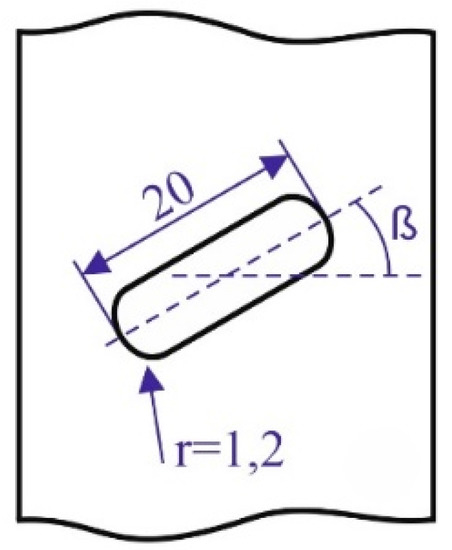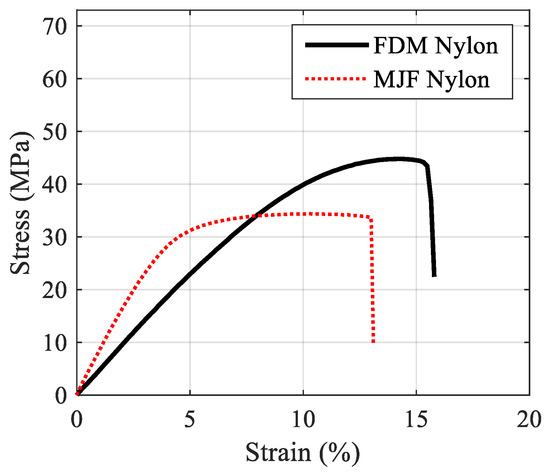Researchers from Australia and Germany are exploring more about improving 3D printed parts in the recently published ‘Fracture Resistance Analysis of 3D Printed Polymers.’ Because failure—sometimes ‘catastrophic’—often occurs due to instability and cracking, the authors experimented with samples fabricated via both fused deposition modeling (FDM) and multi-jet fusion (MJF) to understand more about load-carrying capacity.
Overall, FDM 3D printing shows great potential for improving mechanical properties in 3D printing. This is an ongoing topic of study in many research labs today too, spanning many different techniques and use of materials, from studying the effects of color with PLA, to using additives, to examining mechanical properties and biocompatibility. In some cases with FDM 3D printing, however, users may experience issues with composites that have pre-existing cracks—caused during manufacturing, surface defects, or notches that may be growing slowly.
In this study, the research team analyzed fracture of U-notched, 3D printed thermoplastic components:
“As the J-integral failure criterion is one of the most common brittle failure models used in the study of notched specimens, we investigated whether EMC could be combined with the J-integral failure principle to predict the fracture of U-notched 3D-printed specimens subjected to tensile loading,” explained the researchers.
Failure was studied in both FDM and MJF dogbone samples under mode I and mixed mode I/II loading regimes within the framework of combined EMC and J-integral criterions. Materials of choice to be used in the experiment were Nylon 12 filament and PA12 nylon powder.
The samples were 3D printed as follows:
- 13 mm width
- 5 mm thickness
- 50 mm gauge length
- 100% infill rectangular plates
Twelve nylon samples were created on a Fortus 450mc FDM 3D printer, while the same number of samples were created via MJF on an HP 3D printer.
The researchers performed tensile tests, evaluating strength and modulus.
“The results of tensile tests showed that the average value of the modulus of elasticity of MJF 3D-printed nylon was 780 MPa, whereas the FDM sample had a lower value of 493 MPa. The average value of the percent breaking strain of the FDM and MJF samples were 16 and 13 and the average tensile strength of FDM and MJF samples were 44.8 and 34.9 MPa, respectively,” stated the research team. “Although FDM samples had lower elastic modulus, they exhibited higher tensile strength and percentage elongation compared to MJF, as well as higher modulus of toughness.”
During testing, the researchers axially stressed samples with an Instron 300LX machine until they failed via crack growth.
“Irrespective of the notch orientations, all MJF samples exhibited brittle behavior with flat fracture surfaces. Considering the tensile tests, the failure load of MJF 3D-printed nylon was observed to be greater than the FDM samples for β =0° and 30°, while this was not the case when the inclination angle increased to 60°. In addition to the effect of crack angles, it was observed that increase in crack radius was associated with reduced critical load in both types of 3D-printed samples,” stated the researchers.
“Finally, the equivalent material concept (EMC) was combined with the J-integral failure principle to predict the fracture failure of U-notched 3D-printed specimens subjected to tensile loading under mode I and mixed mode I/II loading regimes. The agreement between the experimental and simulation results proved the EMC-J approach to be capable of successfully predicting fracture in the 3D-printed notched ductile material components.”

Close-up photographs FDM and MJF printed nylon specimens after fracture from left to right, respectively, with (a) 60°, (b) 30°, and (c) 0° notch orientations.
What do you think of this news? Let us know your thoughts! Join the discussion of this and other 3D printing topics at 3DPrintBoard.com.

Illustration of strain energy density around the notch border for MJF nylon with a notch tip radius of 2 mm at different notch orientations.
Subscribe to Our Email Newsletter
Stay up-to-date on all the latest news from the 3D printing industry and receive information and offers from third party vendors.
You May Also Like
Why Corrosive Resistant Materials Are Important to the Success of 3D Printing Across Industries
The adoption of additive manufacturing (AM) is accelerating across many major industries. As this technological shift unfolds, the importance of corrosion resistance has emerged as a challenge for 3D printing...
America Makes Announces IMPACT 2.0: $6.6M in New 3D Printing Funding
America Makes, the Manufacturing Innovation Institute (MII) based in Youngstown, Ohio, has announced IMPACT (Improvement in Manufacturing Productivity via Additive Capabilities and Techno-Economic Analysis) 2.0, a project call which will...
3D Printing Webinar and Event Roundup: April 14, 2024
We’re starting off the week’s 3D printing webinars and events at ASTM AMCOE’s 11th Snapshot Workshop and MACH Exhibition. Stratasys continues its advanced training courses, SME is holding a virtual...
AMUK Welcomes Airframe Designs as British 3D Printing Industry Grows
While the UK is not the hub for 3D printer and materials manufacturers as other nations, the country continues to excel at the research, development, and application of additive manufacturing...




































